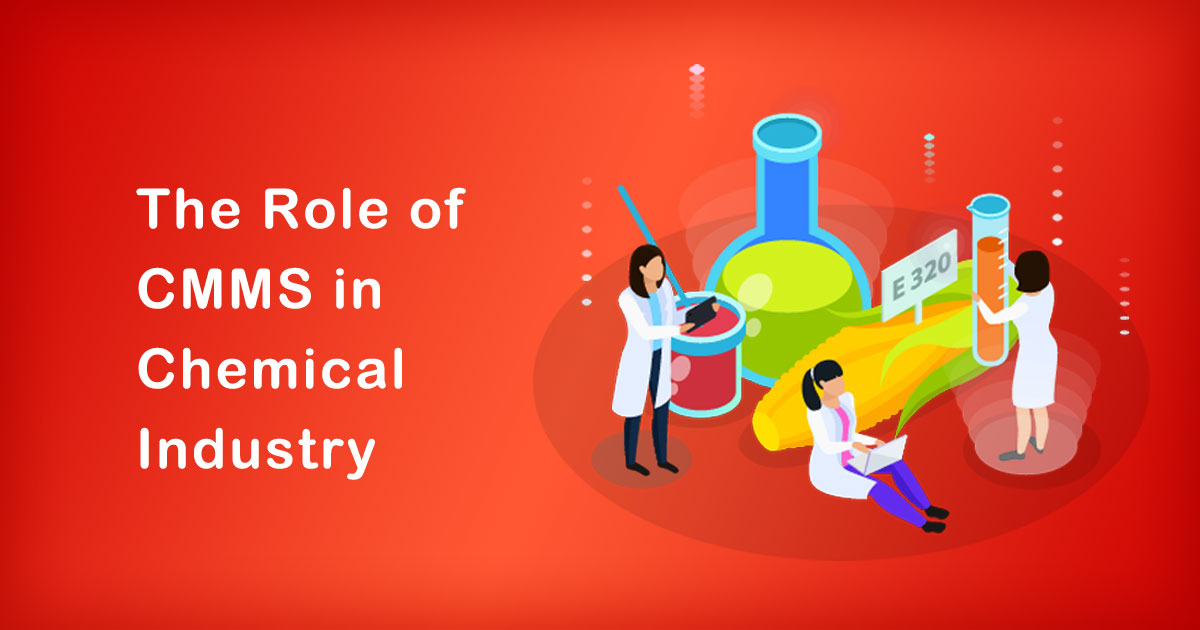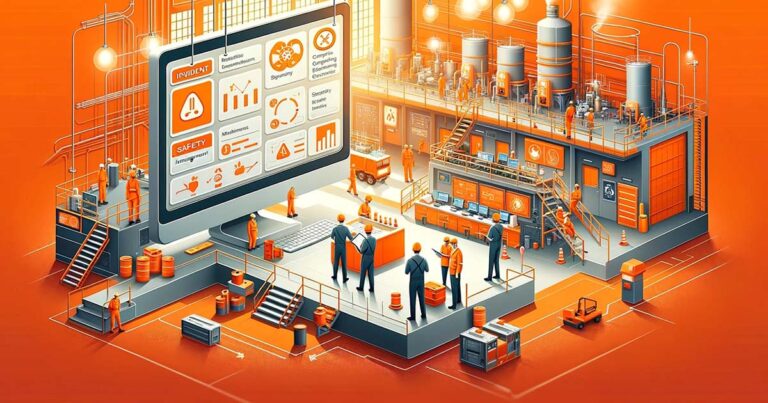Introduction
In today’s rapidly evolving chemical industry, effective management of assets, maintenance, and operations is critical for ensuring safety, efficiency, and profitability. As technology continues to advance, Chemical Maintenance Management Systems (CMMS) have emerged as a valuable tool for streamlining processes and optimizing maintenance practices. In this article, we will explore the role of CMMS in the Indian chemical industry, highlighting its benefits, implementation challenges, and potential solutions.
The Indian Chemical Industry Landscape
The Indian chemical industry plays a vital role in the country’s economic growth, contributing significantly to both the domestic and global markets. According to the Chemicals and Petrochemicals Manufacturers’ Association (CPMA), India is the sixth-largest producer of chemicals globally and is expected to become the third-largest by 2030. With such growth prospects, it becomes crucial to adopt efficient management practices to ensure sustainability and competitiveness.
What is CMMS?
A CMMS, also known as Enterprise Asset Management (EAM) software, is a computerized system designed to streamline maintenance operations by integrating various aspects of asset management. It provides a centralized platform for tracking and managing maintenance activities, work orders, spare parts inventory, preventive maintenance schedules, and equipment history. By leveraging real-time data and analytics, CMMS enables organizations to make data-driven decisions, enhance productivity, reduce downtime, and prolong the lifespan of assets.
Benefits of CMMS in the Chemical Industry
1. Improved Asset Reliability and Availability
In the chemical industry, unplanned downtime can be costly and potentially hazardous. CMMS helps prevent equipment failures by implementing preventive maintenance strategies based on manufacturer recommendations and historical data. This proactive approach ensures that critical assets are properly maintained, reducing the risk of unexpected breakdowns and maximizing asset reliability and availability.
2. Enhanced Safety and Regulatory Compliance
Safety is of paramount importance in the chemical industry due to the inherent risks involved. CMMS facilitates compliance with safety regulations by enabling the tracking and scheduling of safety inspections, equipment testing, and maintenance activities. It also helps manage permits, certifications, and documentation required to meet regulatory standards, ensuring a safe working environment and avoiding legal complications.
3. Optimal Spare Parts Inventory Management
Efficient spare parts management is crucial for minimizing downtime and reducing maintenance costs. CMMS allows organizations to accurately track spare parts usage, manage inventory levels, and automate reordering processes. By optimizing inventory levels and ensuring the availability of critical spare parts, CMMS helps reduce inventory carrying costs while minimizing the risk of stockouts.
4. Streamlined Work Order Management
CMMS streamlines work order management by automating the process of creating, assigning, and tracking work orders. It provides a centralized platform for technicians to access work order details, record labor and material usage, and document maintenance activities. This automation eliminates paperwork, improves communication between stakeholders, and enables efficient resource allocation, resulting in increased productivity and faster turnaround times.
Implementation Challenges and Potential Solutions
1. Data Accuracy and Integration
Implementing a CMMS requires accurate and comprehensive data on assets, maintenance history, and spare parts inventory. However, many organizations face challenges in consolidating and integrating data from various sources. To overcome this, it is crucial to conduct a thorough data cleansing and validation process before implementing CMMS. Additionally, integrating CMMS with other existing systems, such as Enterprise Resource Planning (ERP) software, can further enhance data accuracy and streamline operations.
2. User Adoption and Training
One of the common hurdles in CMMS implementation is user adoption. It is essential to provide comprehensive training to all stakeholders to familiarize them with the system’s functionalities and benefits. Engaging employees through interactive training sessions, workshops, and user-friendly interfaces can improve adoption rates and ensure that the system is effectively utilized.
3. Scalability and Customization
The chemical industry is highly dynamic, with evolving processes, assets, and maintenance requirements. Therefore, the scalability and customization capabilities of a CMMS are crucial. Organizations should choose a CMMS that can adapt to their specific needs and accommodate future growth. Collaborating with experienced CMMS vendors who can provide tailored solutions is essential to ensure the system’s scalability and long-term success.
Conclusion
CMMS has become an indispensable tool for the efficient management of assets and maintenance operations in the Indian chemical industry. By leveraging CMMS, organizations can enhance asset reliability, improve safety, optimize inventory management, and streamline work order processes. While implementing CMMS poses certain challenges, proper data integration, user training, and system scalability can help overcome these obstacles. Embracing CMMS technology will undoubtedly play a pivotal role in driving the Indian chemical industry toward sustainable growth, improved profitability, and operational excellence.








